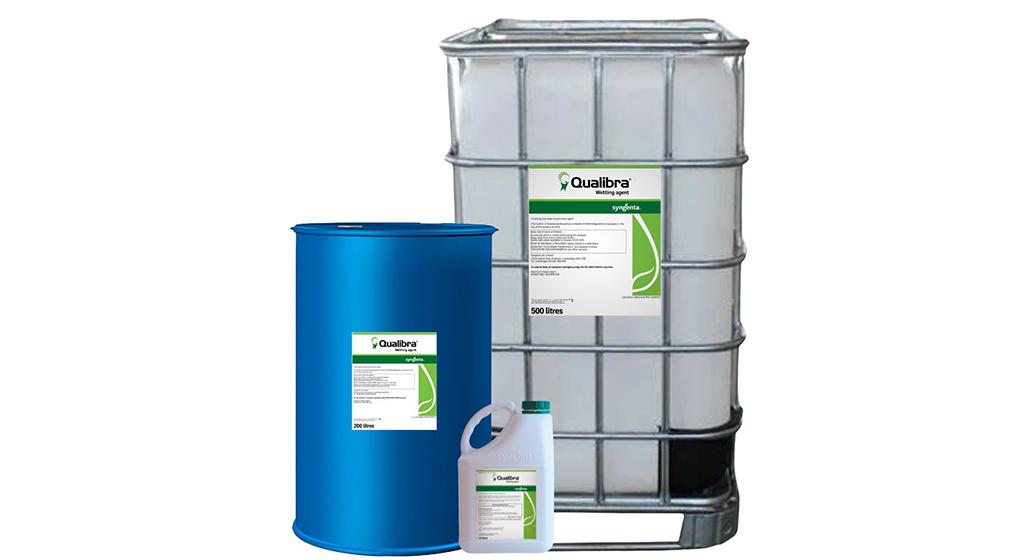Forgive the cover image of my colleague Alex in the Nordic’s ‘dog of turf’ it’s wonderful but not representative of the content, sorry.
Whilst it’s much nicer working outdoors in sunny conditions, even if the nights and mornings are still cold.
We need to spare a thought for the sward in these early season dry conditions.
Three reasons it’s so important to make sure you are either:
A) Sitting comfortably in your wetting agent program (hopefully you got an application out with the last batch of rain)
or
B) Are planning to get an application out when you see rain in the forecast.
- 1- Grass plants coming out of the winter period can have the lowest root mass of the whole year.
This can really make the turf susceptible to drought stress as the plants ability to access deeper water is limited by root mass, a dry spring can be a knife edge if it breaks wrong.
- 2- Any seed put out by you, or natural regeneration from the native seed bank will really struggle to both germinate and survive in dry soils. Seedlings are the most vulnerable to drought effects.
Spring is the time to see vital infill of any turf cover lost due to disease, moss, weeds or winter damage. Lack of available moisture in the root zone can seriously hinder here.
- 3- After a dry down event (like we are in now) soil surfaces can be difficult to evenly rewet. Meaning that if you don’t deploy a quality wetting agent, when the rains do come back you’ll lose much of that water to run off from areas you want it, and pooling in areas you do not.
If you look closely at turf areas on an undulating course you’ll see a difference in species composition at the top of rises compared to at the base of any topography. Due in part to the differing availability of water at the surface.
Do what you can to track ET against rainfall as things warm up and dry down faster moving into the summer. But don’t underestimate the power of water at this early stage of turf growth. Read more about the spring dry down here.
Qualibra is a great option to make the most of any rain or irrigation at a time when water conservation is more and more in the spot light for sustainability.
The video is a great visual of how this technology helps leverage the water you get.
Do go for a quality wetting agent, I have the feeling of a warm dry one this season (hope to be proven wrong!)

Outside of water management (a top priority in a dry spring).
Put some attention to the below also:
- Early light stress, if we have lots of sun but not much lift in temperatures and/or low soil moisture turf can struggle with light stress when it should be prioritising root growth. Consider Ryder turf pigment, best in class to help the plant get it’s priorities back in line by managing light stress.
- Weed control – some weeds will like the conditions and some less so. If you are going out with a herbicide make sure there is a level moisture in the soil. A weed that is not growing because its too cold or too dry will shrug off a herbicide application because herbicides act on the growth mechanisms of plants. No growth = no control.




